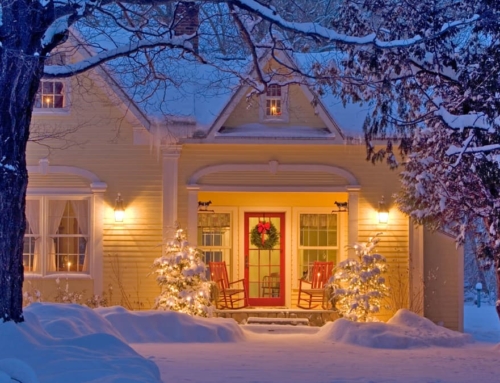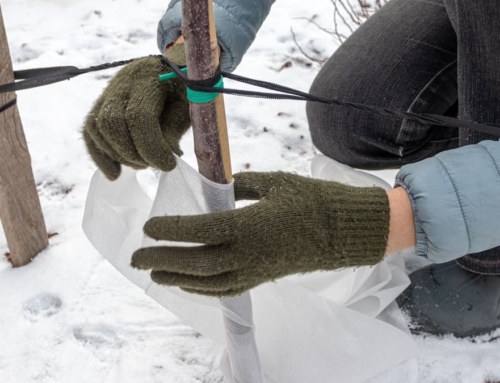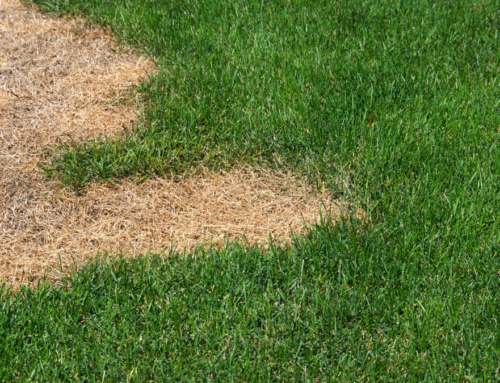EMERALD ASH BORER AND YOUR TREES

Emerald ash borer (EAB), a highly destructive insect native to Asia that was introduced to the Americas in the 1900s, has made its way to Northern Colorado and to the Fort Collins area. EAB attacks both healthy and stressed ash trees, including green, white, black and blue ash, as well as their cultivators, killing them within two to four years after infestation.
During the larval stage, EAB burrows and feeds under the bark of trees, cutting off the flow of water and nutrients to the tree, making it a major threat to urban forests statewide. Ash trees have also been widely planted in Colorado neighborhoods, which makes EAB a threat to the trees in your yard.
According to the City of Fort Collins, city-wide, there are approximately 70,000 ash trees which make up 33% of our canopy cover in Fort Collins. The city has its own EAB response plan – they’ve already started working to cull some trees and will treat healthy ash trees – but the city’s forestry department urges property owners to start implementing their own management plans. Here’s what you can do:
1. Find out if you have any ash trees and assess the condition of each.

Example of Emerald Ash Borer damage
-
Identifying features of ash trees include compound leaves with five to nine leaflets; leaflets, buds and branches growing directly opposite from one another; and diamond-shaped bark ridges on mature trees.
-
Know the signs and symptoms of EAB.
- If you see exit holes in the trunk but the canopy is healthy, then you’re most likely looking at a different boring insect. Look for a thinning canopy and epicormic sprouts on the trunk or larger branches (“D”-shaped holes in the bark and vertical bark splitting with winding “S”-shaped tunnels underneath).
2. Monitor your ash trees throughout the year.
It can take two to four years to see any signs of an EAB infestation. As the number of larvae (baby insects) increases, the tree bark may start to crack, and the tree’s branches might start to die. You may notice that the tree’s leaves begin to thin out, too.
3. Decide whether to have an infected ash tree treated or have it cut down.
Here’s an overview of the treatment options available for your ash trees. There are two distinct methods:
Soil Application
- Soil drenches come in different forms but are usually applied as a liquid or granules, which are then watered into the soil around the tree. Before applying the soil drench, the area beneath the tree is cleared to ensure its roots absorb the drench. The recommended frequency of soil drench treatments may vary depending on the product and the size of the treated ash tree. However, it is not advisable to apply these treatments more than once a year.
Trunk Injection
- A licensed pesticide applicator will drill into the outer sapwood of the ash tree and inject the insecticide. The process takes one to three years, depending upon other factors affecting the tree.
The Emerald Ash Borer is a highly destructive beetle causing significant damage to ash trees in Fort Collins and other parts of Colorado. In order to prevent further spreading, it’s important to keep all ash material local. Don’t move any firewood or other untreated wood products out of Fort Collins; this will limit spread to other communities. By taking proactive measures and collaborating with local authorities, property owners can play a crucial role in mitigating the impact of the Emerald Ash Borer on the local environment and preserve the beauty of our community. The state of Colorado has seen terrible complications from EAB and no longer recommends planting ash trees. Contact us today to schedule a consultation!






